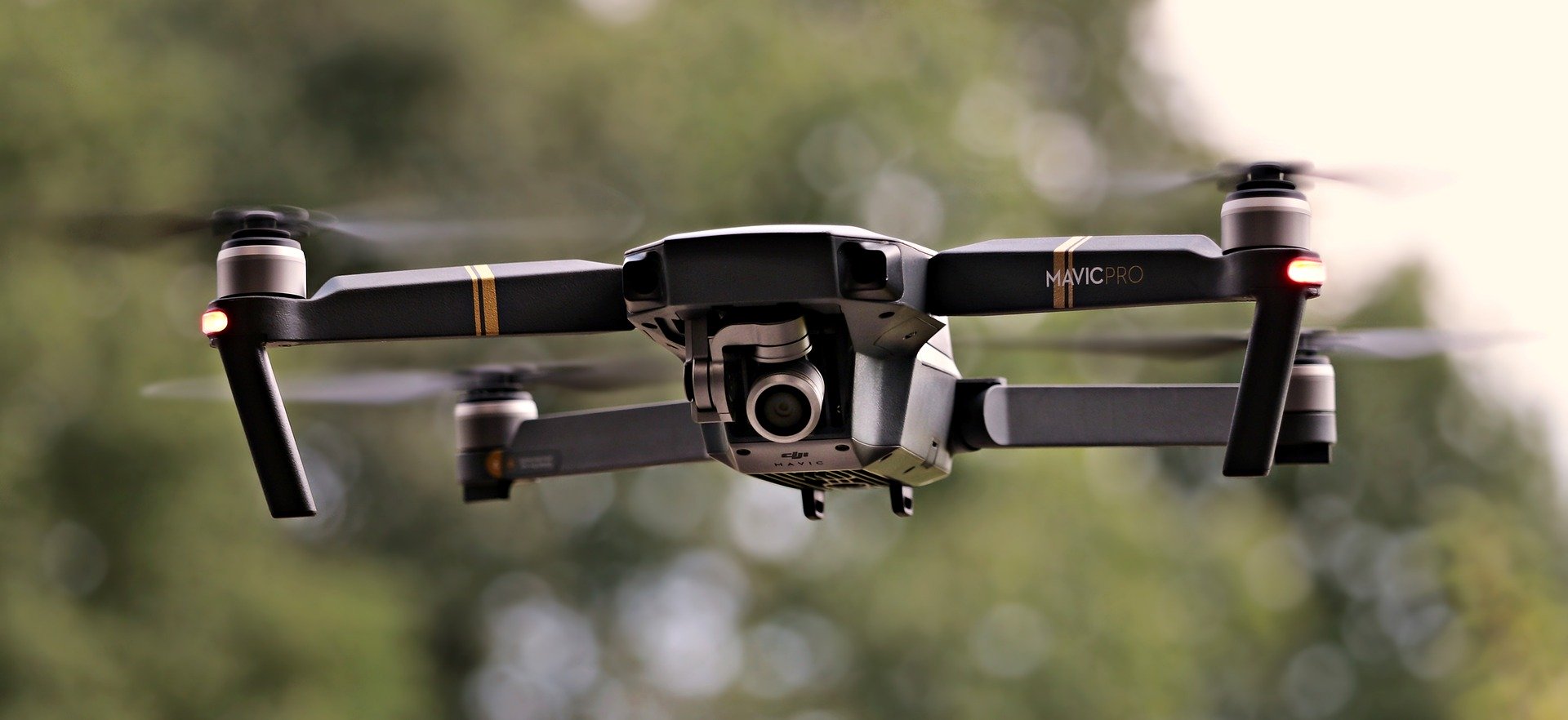pawel-l
Ⓐ hultaj
- 1 916
- 7 941
Chyba nie zdążą:Chcemy być pionierami
Dubai to Launch Self-Flying Air Taxi by July
Dubai officials say they plan to use Chinese-made drones to launch a self-flying air taxi as soon as July.
The Chinese-made EHang 184 drone has four propeller wings. It is designed to carry one passenger - weighing up to 100 kilograms - and a small piece of luggage.
The head of Dubai’s Roads and Transportation Authority says the autonomous taxi has already been tested in the city-state. He said regular service is expected to begin by July.
The egg-shaped aircraft can reach a top speed of 160 kilometers per hour. It can operate for up to 30 minutes on a single battery charge, with a flying range of 50 kilometers.
Officials in Dubai have not outlined special regulations for the air taxi system. Currently, people who operate drones are required to register the aircraft.


